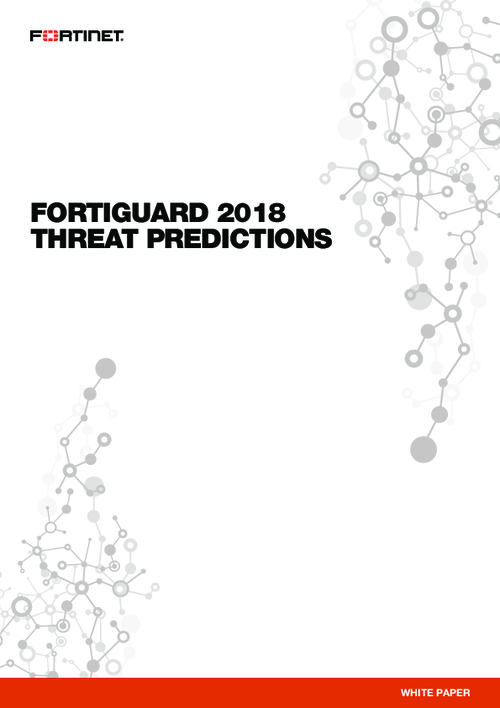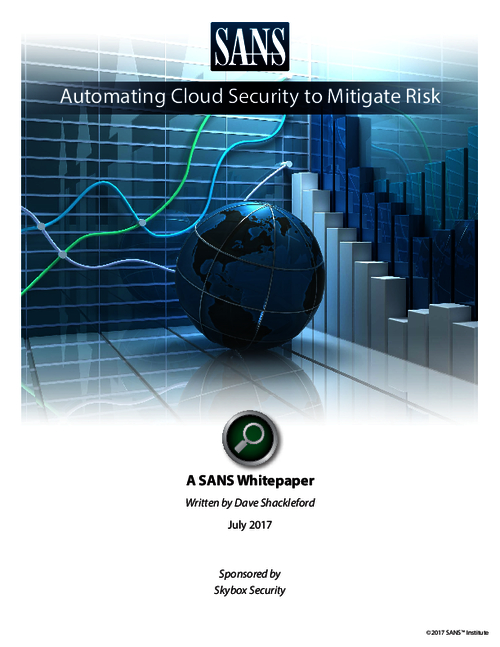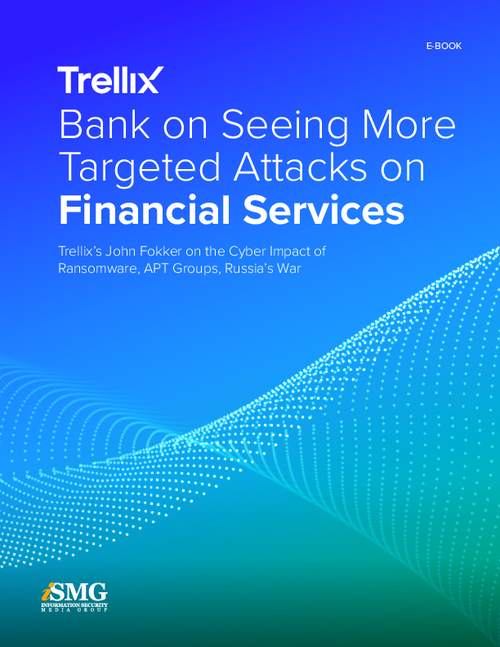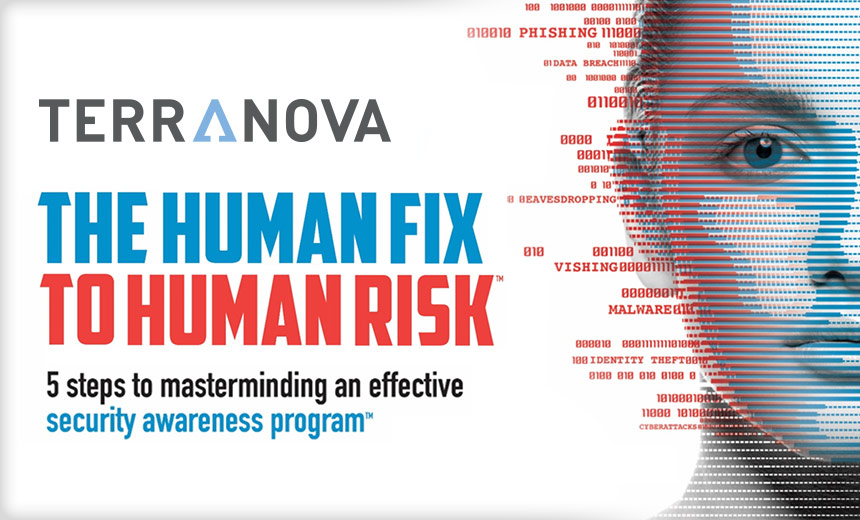Application Security , Cybercrime , Cybercrime as-a-service
How to Better Secure IoT Devices and Tech
Leslie Daigle of GCA on No-Default Passwords, Software UpdatesSince 2019, the Global Cyber Alliance has been using a custom IoT honeypot solution to collect data about IoT attacks. The tool replicates one IoT device across multiple IP addresses and physical locations to identify global attack risks.
See Also: The State of Organizations' Security Posture as of Q1 2018
The quantity of attacks remains one of the biggest challenges, Daigle says. "We've been watching the evolution of the Mirai botnet over the course of the last few years and seeing that it's not slowing down - it's mutating."
"Things are just slowly evolving," she says. "Old versions sort of fade away, and new ones take over."
In a video interview with Information Security Media Group, Daigle discusses:
- Findings from GCA's IoT research projects;
- How threats to IoT devices and technologies are evolving;
- Strategies to protect networks and devices, including no-fault passwords and software updates.
Daigle has been working at the intersection of technology, business/economics and policy for more than 20 years to drive effective change. As CTO at the Global Cyber Alliance, a not-for-profit organization dedicated to reducing cyber risk, she is responsible for the technology strategy that advances GCA’s development and deployment of global solutions. Daigle was previously the Internet Society’s first chief internet technology officer.






















